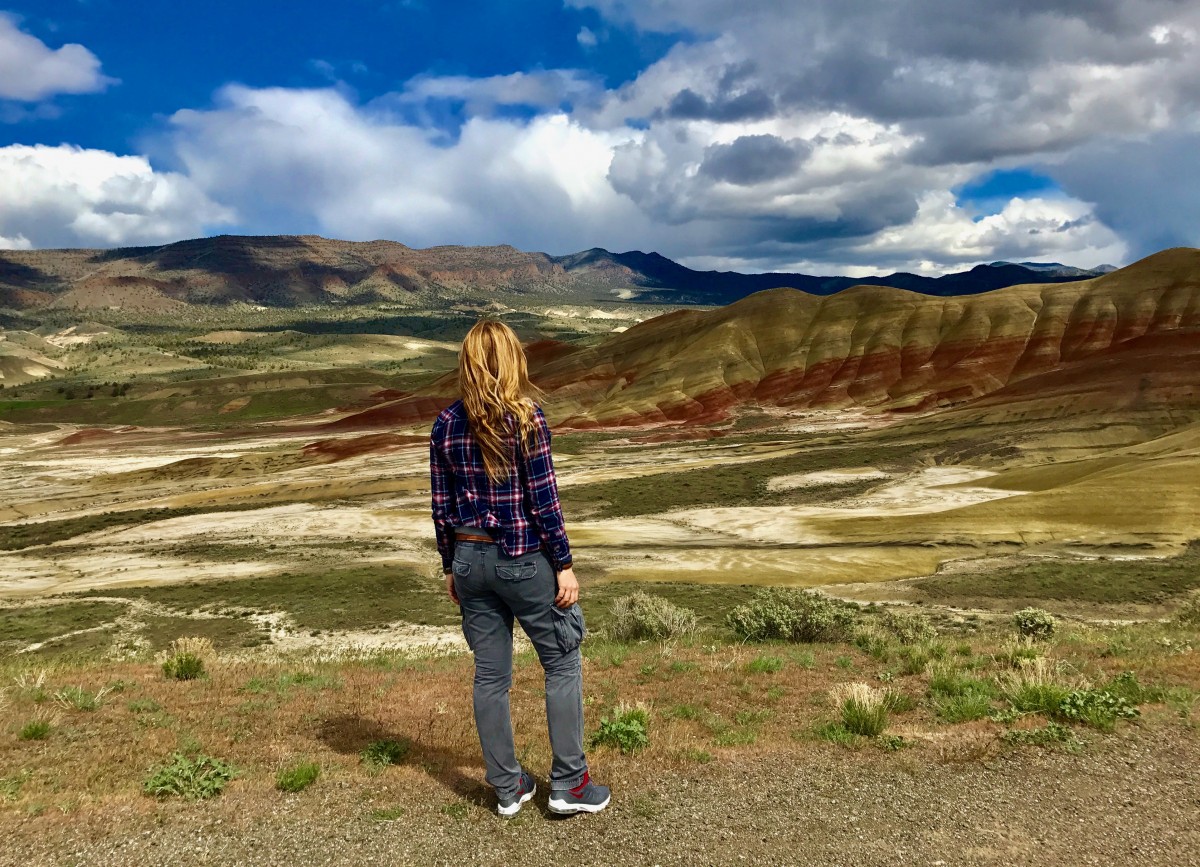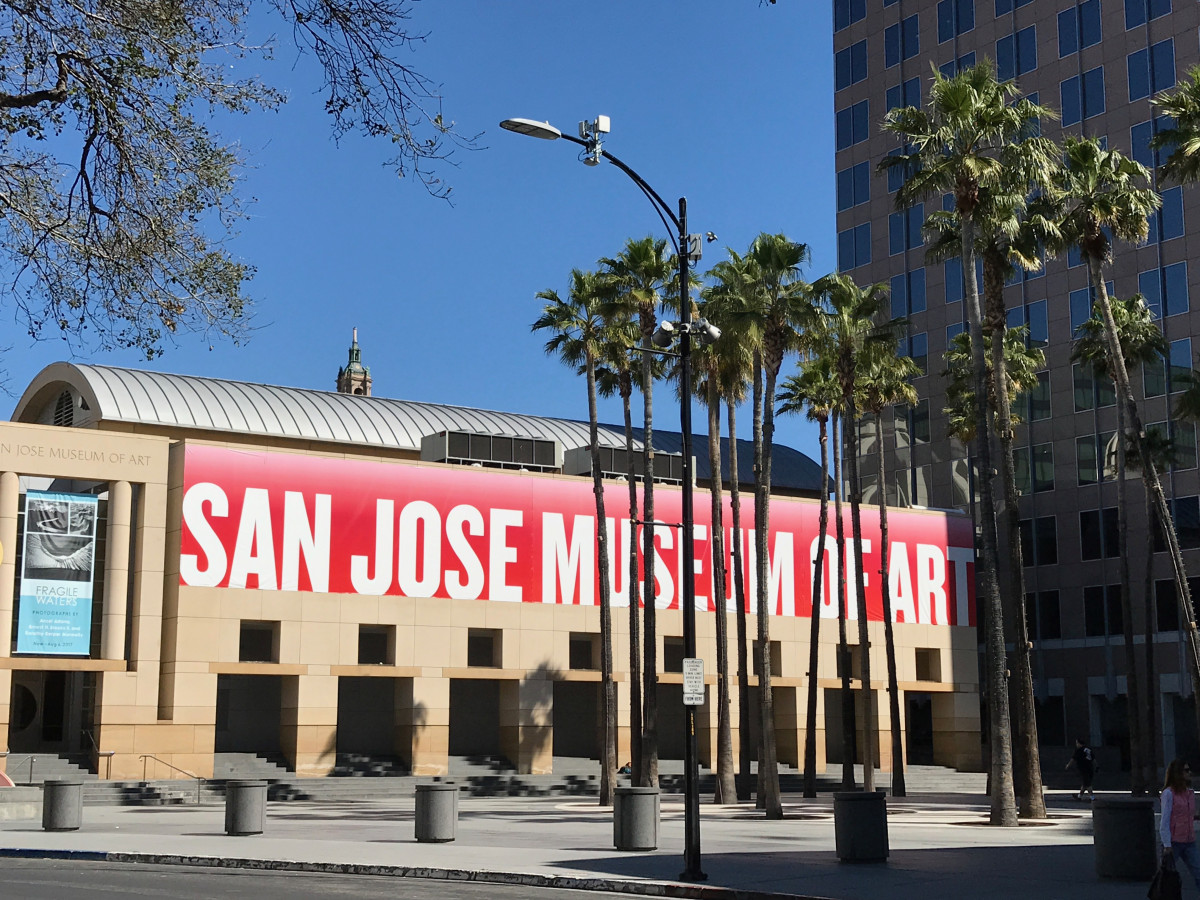


Among the many itineraries, cues and tips related to what to do in Oregon, it would be a real shame not taking into consideration – planning a journey to this incredible country – some of the most suggestive paths related to the wonderful Old Covered Bridges.
I mean the so-called “Old” Covered Bridges, those charming wooden frameworks with footbridge, sloping roof and walls, sometimes with windows or even side balconies: they were built on the rivers and cliffs to make the passage and the traffic of the pedestrians, carriages and horses easier.
Many people believe they exist in a remarkable number only in New England.
Only few people know that in the whole state of Oregon between the late 1800s and 1930 almost 500 Covered Bridges were built.
The most part of them is scattered in the Cascades Mountain area, from Eugene arriving almost as far as the state line with California, near Ashland, and eastwards as far as the small town of Bend.
Today about 50 remain: they are the Old Covered Bridges which are part of some among the trails and the most suggestive scenic highways in Oregon.
They are traced paths that you can follow driving and cycling, like the very beautiful and very recommended Oregon Covered Bridge Scenic Bikeway.
I confess I chanced near Eugene, in Brownsville precisely, and than I acted on instinct following the road signals indicating the Covered Bridge Scenic Trail as far as Cottage Grove and Lowell, in the heart of the Lane County.
I discovered a little, charming ancient world, surprisingly unsullied in its originality: Covered Bridges, farms, country roads, old towns – often little over crossroads – and small and close-knit communities developing around.
The trace of an America which is always more difficult to find, by now. And that I cannot help to share with you.
The first Covered Bridges in Oregon were built in the middle of the 1800s upon the need to protect the bearing frameworks and the wooden bearings of the main passage though sloping roofs – to favour the running of the rain – walls and balconies.
The works were financed by the tolls imposed by the owners of the bridges for the passage.
The proliferation of this typology of frameworks built in geographical points always more strategic, allowed to reach communities often isolated and favored over time the development of the house medical treatment, the children’s education and the economic and postal trade.
But starting from the middle of 1940 the Covered Bridges were progressively abandoned favoring the new and quickest highways, often ending up being closed and abandoned.
In 1989 – to avoid the worse and above all to preserve a such historic and architectonic heritage – a few members of the several communities developed also thanks to the Covered
Bridges joined the Oregon Covered Bridge Program, a no-profit association born to preserve the remaining Oregon Covered Bridges.
In the following years even 17 memorial coins related to the several historic bridges of the region were coined.
The funds originated by the sales and a targeted promotional campaign have allowed the association to grow up over time, to restore many frameworks which seemed lost and to create a downright tourist interest though dedicated path and itineraries.
Among the 50 covered bridges remained in Oregon about twenty are located in the Lane County.
It’s a plain area not much wide developing to the southeast of Eugene: today it has the record of the major number of original covered bridges remaining – the Chambers Bridge, the old railway covered bridge remained included – of any county to the west of the Mississippi River.
They are bridges dating back mostly to the first two decades of the 1900s, all registered in the National Register of Historic Places.
The Oregon Covered Bridge Scenic Bikeway is a round path of about 60km including a good part of these bridges.
The start and the arrival of the tour is the nice small town of Cottage Grove: here it’s possible to visit the Old Town and the first two covered bridges of the tour, stop at the stores and at the picturesque venues of the Main Street, get maps, rent bicycles and, if you want, also stay overnight.
The itinerary can be done also driven for a good part, more or less in a couple of hours including the several stops.
My tip is to dedicate to it a whole day, preferably cycling it in order to have the chance to cross physically many bridges (on the contrary, they are closed to cars and motorbikes), enjoy the beauty of the neighboring countryside and stop for lunch at the farms along the route.
Here you can download the detailed map with all the stages of the path, cues, travelling times and practical tips included.